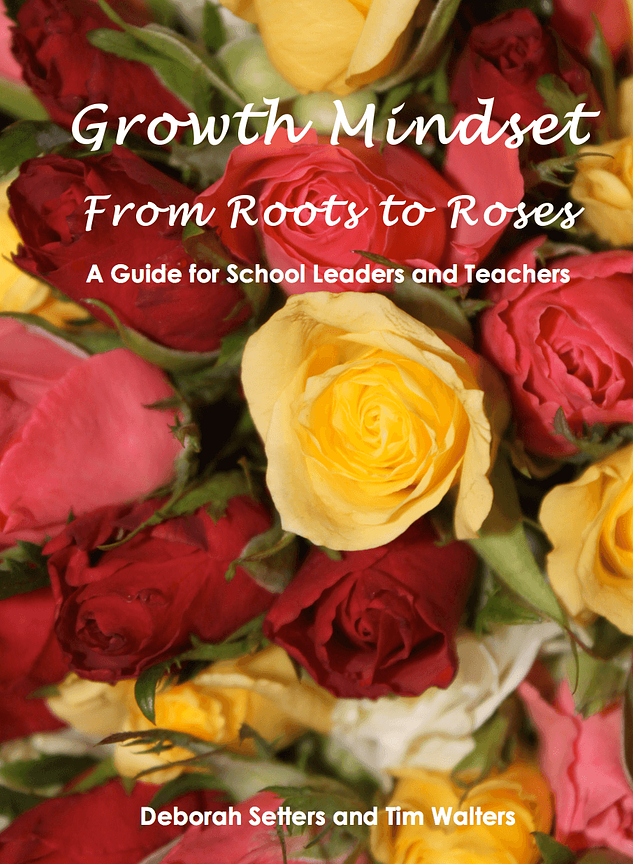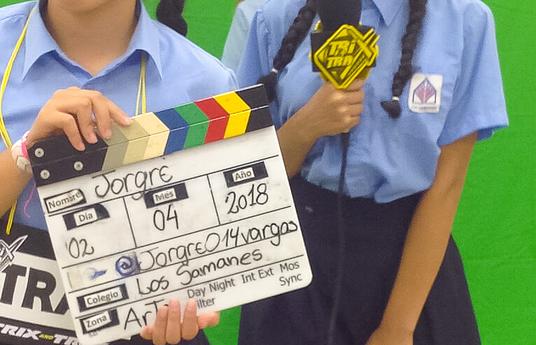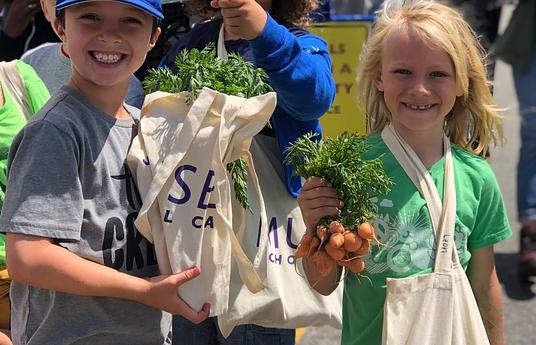Over the past few years, the term ‘Growth Mindset’ has become increasingly used in education. Through decades of research, Dr Carol Dweck has shown that what people believe about their abilities significantly impacts on their learning and personal accomplishment.
Many educational establishments are trying to create a culture that fosters the belief that abilities can change and grow (Growth Mindset) as opposed to the belief that they are fixed (Fixed Mindset). There are now many resources for educators that explain Dr Carol Dweck’s mindset theory and provide them with ideas to teach about the mindsets to students.
Where Growth Mindset is successfully embedded into a school’s culture there is a clear school vision and strong, effective leadership. Without these, Growth Mindset can be a tick box exercise; something a school says it has ‘done’ rather than all staff journeying together to create a culture where Growth Mindset is what they are rather than something they do.
‘Growth Mindset – From Roots to Roses’ is a resource that documents the journey a primary school has taken to embed and enhance Growth Mindset and the leadership required to achieve this. Led by Tim and Deborah, Vauvert Primary School in Guernsey has taken a journey to build Growth Mindset through its core, like a stick of rock. Pupils, staff and parents have a sound understanding of mindset theory and the behaviours that come from the different mindsets. Growth Mindset has been used to inform almost every element of how the school functions. A myriad of aspects including assessment, performance management, feedback and marking, mental health and wellbeing, attendance, celebration assemblies, and teaching and learning policies have fallen under the Growth Mindset microscope.
In producing ‘Growth Mindset – From Roots to Roses’ Tim and Deborah have created a resource for current and aspiring school leaders. It tracks the process by which congruence between the theory of Growth Mindset and a whole school culture has been achieved. It demonstrates that the combination of excellent leadership, a deep understanding of Growth Mindset and a knowledge of the specific school context is more likely to achieve a culture of Growth Mindset than if one of these three elements is missing.
There does not have to be a single approach to Growth Mindset. Each school’s specific journey will be unique to them however this book provides valuable lessons for any school embarking on a similar journey.



